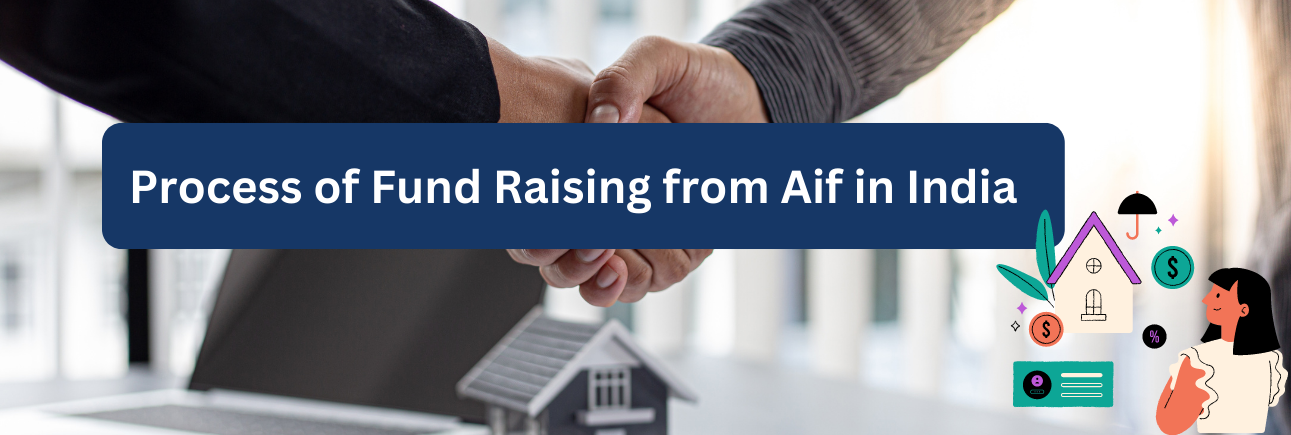

The process of fundraising from an Alternative Investment Fund (AIF) involves several steps. Here is a detailed breakdown:
1. Understand AIF regulations: Familiarize yourself with the regulations and guidelines set by the regulatory authority governing AIFs in your jurisdiction. In India, the Securities and Exchange Board of India (SEBI) regulates AIFs.
2. Determine your investment requirements: Define your investment objectives, risk appetite, and investment strategy. This will help you identify the category of AIF that aligns with your goals (Category I, II, or III).
3. Identify potential AIFs: Research and identify AIFs that match your investment criteria. Consider factors such as track record, investment strategy, management team, performance, and regulatory compliance.
4. Contact the AIF: Reach out to the AIF's fund manager or authorized representatives to express your interest in investing. You can find their contact details on the AIF's website or through other reliable sources.
5. Evaluate the AIF's offering: Obtain the offering document or private placement memorandum (PPM) of the AIF. This document provides detailed information about the fund, including its investment strategy, terms and conditions, risk factors, fee structure, and exit options. Review it thoroughly to assess its suitability for your investment goals.
6. Conduct due diligence: Perform a comprehensive due diligence process on the AIF. This involves analyzing the fund's historical performance, investment track record, risk management practices, regulatory compliance, and the background of the fund manager and key executives. Seek professional advice if required.
7. Negotiate terms: If you decide to proceed with investing in the AIF, negotiate the terms of your investment. This may include discussions on the investment amount, fees, lock-in period, exit options, and any other specific requirements you may have.
8. Complete subscription process: Provide the required subscription documents, which typically include a subscription agreement, Know Your Customer (KYC) documents, and other relevant forms. Ensure that you comply with all the regulatory and legal requirements.
9. Fund transfer: Transfer the investment amount to the AIF's designated bank account as per their instructions. Follow the specified payment schedule and any minimum investment requirements.
10. Confirmation and allocation: Once the AIF receives your funds, they will confirm your investment and allocate units or shares to you based on the agreed terms. You will receive a confirmation letter or certificate along with the relevant documentation.
11. Ongoing reporting and communication: AIFs are required to provide periodic reports to investors, including financial statements, performance updates, and other relevant information. Stay abreast of the AIF's communications and attend investor meetings, if applicable.
It is crucial to note that the fundraising process may vary slightly based on the specific AIF and regulatory requirements. Therefore, it is advisable to consult with a financial advisor or legal professional to ensure compliance and understand the specific process for the AIF you are interested in.